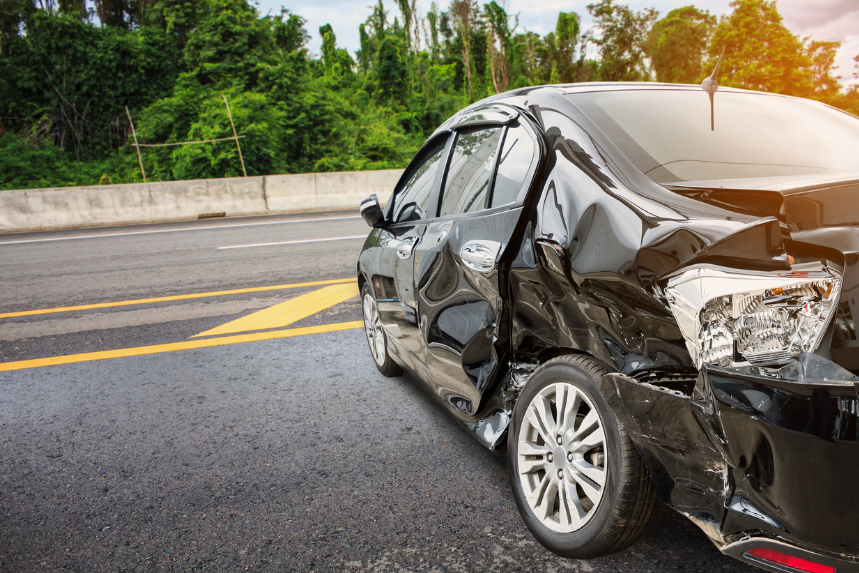A car accident can not only be a traumatic experience mentally but it can result in ongoing physical injuries. Injuries could include fractures, soft tissue damage (intervertebral joints, disc, ligaments, muscle), spinal or nerve damage, traumatic brain injuries, impaired vision or impaired hearing. Over a 12 month period in 2017-18, almost 40,000 people were admitted to hospital with injuries after a road accident in Australia. In 2020, Queensland accounted for 225 fatalities (or 21% of fatalities across Australia) in car accidents, making it the third most prevalent state.

Anatomy and whiplash:
The spinal column is made up of vertebrae (bones) that sit on top of each other separated by discs (cartilage rings), and connected at joints which are supported with ligaments. The spinal cord runs down the middle of the vertebrae and nerves exit from this at each level of the spine. Surrounding all of this, is various groups of muscles, some with small stabilising functions and some with larger movement functions. These structures all work together to help protect your spinal cord and facilitate movement of your torso and head. Whiplash is a sudden force exerted on the neck which forces it to move rapidly and overstretch and injure these structures. Whiplash and other trauma from a car accident most commonly causes micro trauma to several of these structures (joints, ligaments, muscles) rather than just one specific area.

Symptoms:
Due to the shock of the accident, pain isn’t always felt immediately. It may present 24-72 hours following the incident. Even a low impact MVA can result in pain. This is most common in the neck, head and shoulders, followed by the lower back. However pain can occur anywhere throughout the body following an MVA. Depending on the individuals age, symptoms and range of movement, a doctor may or may not recommend that a scan is required. Pain may increase with various activities, like work, exercise, sleeping, sitting or participating in your hobbies. Apart from pain, individuals may also experience:

- Loss of movement
- Headaches
- Pins and needles or burning sensations
- Numbness
- Disturbed sleep
- Tiredness
**Stress is also common after an accident, particularly when being in a car again. It is important to address this if present, to avoid long-term anxiety-related issues. Where able, monitor any memory loss, concentration impairment, nervousness or irritability, sleep disturbances, fatigue or feelings of depression.
Treatment:
Early intervention from a physiotherapist is important to address these injuries, guide your recovery process and help prevent the risk of long-term damage. With treatment, most patients recover in a few days/weeks to 3 months after the injury. The difference in recovery times is highly dependent upon the severity of the injury, the ability to access regular physiotherapy and activity of daily living requirements (work and home). It is especially important to address whiplash injury early, as symptoms still experienced by the 3 month (post-accident) mark can often become chronic.
Physiotherapists promote recovery through manual & massage therapy for pain relief, education on management at home and work, and advice on appropriate exercises to encourage movement and strength around the neck and shoulders. Exercises can also be prescribed for ocular-motor control for visual disturbances following an MVA.

**Besides the damages to the vehicle, being in an accident can take a financial toll in terms of covering medical expenses and time off work. Some individuals are eligible to submit an insurance claim or if the accident happened on the way to/from work, the individual may be eligible under workcover. If you are unsure, feel free to contact our reception for some advice on who may be able to assist.


